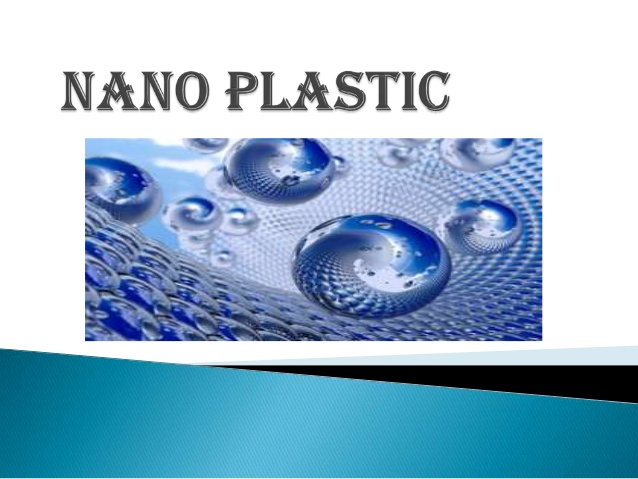What is Nano plastic ?? (Structure and function) PhD in nano-microelectronics
Researcher and author: Dr. ( Afshin Rashid)
Note: Nano plastic Nano plastic is defined as particles that are produced unintentionally (ie from the destruction and fabrication of plastic plastic objects) and provide colloidal behavior, in the size range of 1 to 1000 nanometers.
The combination of nanomaterials and plastics also comes with some challenges, the most important of which is the inherent tendency of nanomaterials to adhere to each other and form a bulk that prevents them from spreading evenly throughout the material. This adhesion blocks the useful performance of nanofilters and reduces their properties. Plastics are a wide range of polymeric materials whose main roots are oil, gas and coal. Plastics have interesting physical and mechanical properties. Plastics form a very wide range of polymeric materials .
Nanoplastics, unlike most composites, can not be separated in solutions and contain amino groups as the main constituents, which may, depending on the chemical nature of the monomers used in plastic synthesis, be composed of all compounds of carbon and oxygen atoms. And Azt is formed. Nanoplastics are groups of synthetic or semi-synthetic materialsobtained by thepolymerization process . Plastics are a class of incremental or compressionpolymers. Plastic is a synthetic material and is not found naturally. Plastics can come in many forms. Basically, one of the characteristics of plastics is their good ductility. Plastics can be subjected to various forms under thermal and mechanical processes.
Conclusion :
Nano plastic Nano plastic is defined as particles that are produced unintentionally (ie from the destruction and fabrication of plastic plastic objects) and provide colloidal behavior, in the size range of 1 to 1000 nanometers.
Researcher and author: Dr. ( Afshin Rashid)
PhD in Nano-Microelectronics




